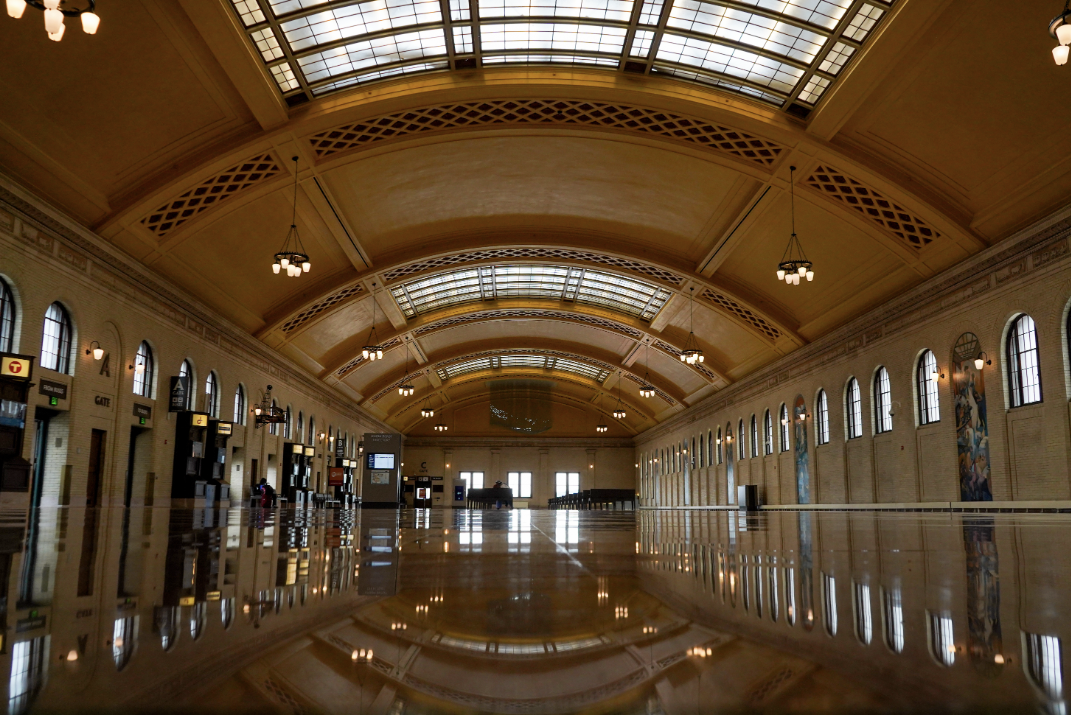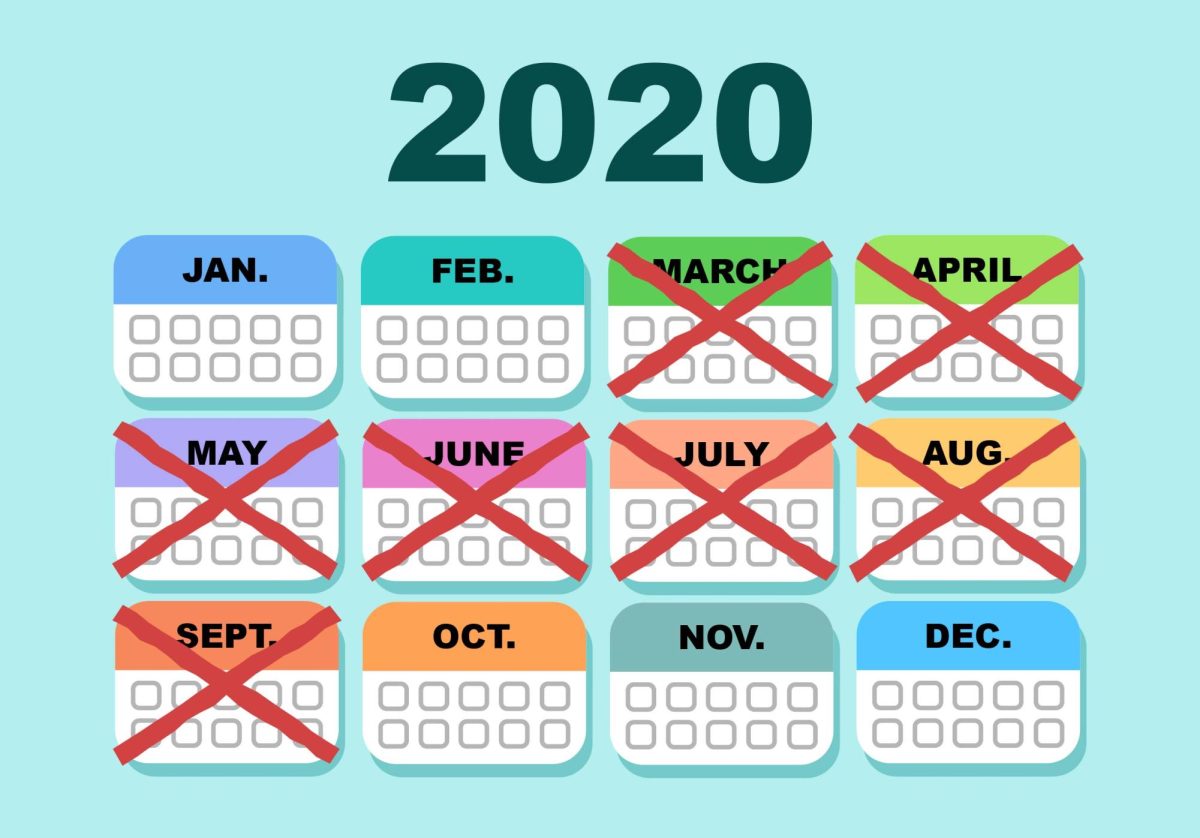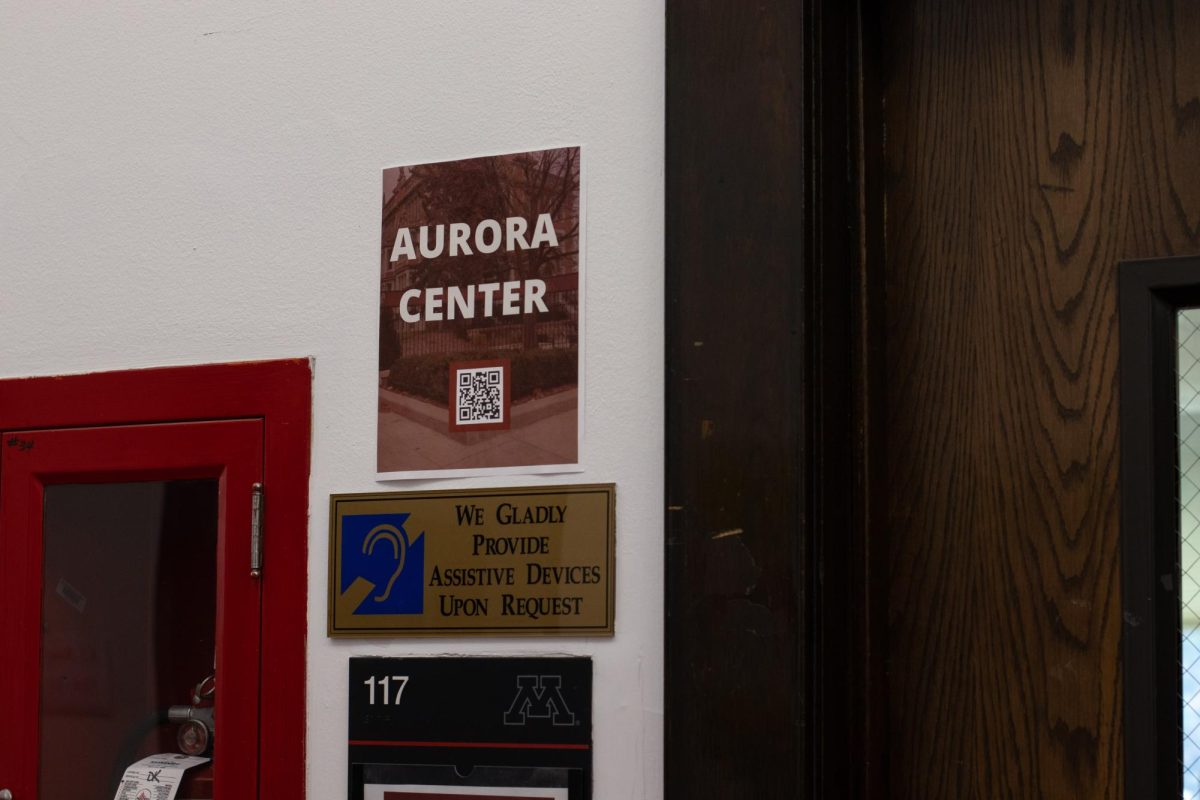On May 21, the first ever Amtrak Borealis train departed St. Paul for Chicago.
With passenger rail in the United States in decline for decades prior, the opening of a new route was a historic moment. Two months later, the train is already immensely valuable to Minnesota and the Upper Midwest.
I have already traveled on the Borealis twice — once to Chicago, and once to an intermediate stop in Wisconsin. The train provides a second rail option when traveling between St. Paul and Chicago, in addition to the Empire Builder, which has operated between Chicago, Seattle and Portland for decades.
Two options is not many, but for me and many other travelers, the added flexibility of the Borealis makes the benefits of rail travel far more accessible.
Alissa Vick, a Twin Cities resident who rode the Borealis to visit family in Illinois, said she considered Amtrak travel seriously after the new route was announced.
“I actually just learned they had this train running,” Vick said. “My daughter rode it back when it was brand new in May and she said it was really cool.”
Not all Americans hold favorable views of Amtrak. Earlier this year, another columnist at the Minnesota Daily wrote about the many flaws of Amtrak and the Empire Builder. However, the inception of Borealis has solved nearly all of the mentioned complaints.
One major criticism of Amtrak service in Minnesota was the high price of tickets, but according to an Amtrak press release, one-way fares to Chicago now start at only $41 on the Borealis. In comparison, I opted to take a bus instead of a train when traveling to Milwaukee last fall because an Empire Builder ticket cost hundreds of dollars. Compared to driving, Amtrak is often more affordable and convenient.
“Gas prices are high,” Vick said. “I drive a gas guzzler, so there’s no practical reason for me to take a car to have to pay for parking. So I was like, ‘I’m going to take the Amtrak.’ And I’m glad I did.”
Another common complaint of the Empire Builder was the lack of WiFi. The Borealis solves this problem by offering it for free to all passengers, according to Amtrak.
According to Amtrak’s schedules, the Borealis is also slightly faster than the Empire Builder. The trip from St. Paul to Chicago on the Borealis takes 7 hours and 24 minutes, which is 31 minutes faster than the other train.
The Borealis makes eleven stops between St. Paul and Chicago, including major cities like Milwaukee and La Crosse. However, the route also stops in smaller towns with otherwise limited public transit options.
Brian Nelson, president of All Aboard Minnesota, a nonprofit group that advocates for long-distance passenger rails in Minnesota, said the Borealis is crucial for many people who cannot drive.
“The addition of a second daily Twin Cities to Chicago train is a big deal for the state because it provides huge mobility benefits to college students, families with children, the elderly and the general population,” Nelson said.
The Borealis is especially important because the Empire Builder’s schedule is often too inconvenient for many parts of Minnesota, according to Nelson.
“The Empire Builder comes through here pretty early in the morning, and that might be hard for college students and families with kids,” Nelson said.
Nelson said the Borealis departs St. Paul four hours later than the Empire Builder, creating a better option for many travelers. The Borealis’ return trip to St. Paul also arrives much earlier than the Empire Builder. According to Nelson, the older train arrives very late at night, which creates problems for passengers that the Borealis avoids.
Long-distance passenger rail is better for the environment than driving a car or taking an airplane, according to Nelson. Public transit contributes less to climate change because hundreds of passengers travel together on one efficient vehicle rather than individual cars, emitting less carbon dioxide.
Larry Lile, an Amtrak rider from Missouri, said he chooses to ride trains through Minnesota and across the country because it helps lower carbon emissions.
“I’m trying to swear off flying because of the carbon footprint,” Lile said. “Also, flying stinks.”
The comfort of rail travel causes many people to choose it over the alternatives. Vick said she enjoys having time to meet new people, purchase meals and relax on the train.
“I had my dinner with someone I never knew before. I think that’s cool,” Vick said. “You get to be mindless and do whatever you want. I was crocheting.”
All the benefits of passenger rail are made far more accessible to Minnesotans with the Borealis. Unsurprisingly, the route has been an immediate success. According to Nelson, the Borealis ridership numbers in the first months of operation already outperformed estimates.
Nelson said Amtrak and the Minnesota Department of Transportation (MnDOT) estimated 125,000 to 135,000 people would ride the Borealis annually, while All Aboard Minnesota estimated 155,000. However, based on the first several months of service, the Borealis is now projected to reach 220,000 passengers per year.
The route’s success is a positive sign for future rail expansion in Minnesota. All Aboard Minnesota is now advocating for an extension of the Borealis route through St. Cloud to Fargo, North Dakota. Additionally, MnDOT is considering a third daily service to Chicago that could potentially follow a new path through Madison, according to Nelson.
The demand from passengers is what makes the Borealis possible, and the same will be true for any future Amtrak routes.
“I feel like if I use this transportation method, I’m voting with my economic dollar that this is what I want,” Lile said. “More people are riding the train, and if it gets more use, it gets more funding and attention, and we need high-speed rail in this country.”
Passenger rail has incredible potential in Minnesota, and each new rider on the Borealis makes it brighter.















Karl
Aug 6, 2024 at 6:51 am
a) It’s the summer peak travel season. It’s common for ridership on state-funded lines to drop 30% -50%. Anyone projecting that current summer levels will hold through the rest of the year ain’t paying attention to reality.
b) The train’s mostly empty for most of the trip. 1/2 the passengers get both on and off on the existing Hiawatha Milwaukee – Chicago Union Station route. These are WisDOT and Amtrak’s numbers. It’s wasteful to run a mostly empty train for 600 miles.
c) For the $5m+ that MN will be spending on this train, we could fund increased local transit service that would support updated half a million trips per year. We could get people out of their cars for every day trips or, well, subsidize a few middle class folks taking the train to Chicago. Which does more good?
CherylButler
Aug 3, 2024 at 10:28 am
Amtrak ROCKS !! I have ridden the Empire Builder several times and California Zephyr as well and have no complaints EXCEPT when the trains sit on a side track waiting for freight trains to pass!! Amtrak is so much more economic and more safe than driving a car. Less stress, lower cost and amazing scenery along the way. Train Staff are always helpful and pleasant, the food is excellent in the dining car and I always feel safe. I highly recommend Amtrak as I found it is economically excellent alternative to busy highways and high gasoline prices.